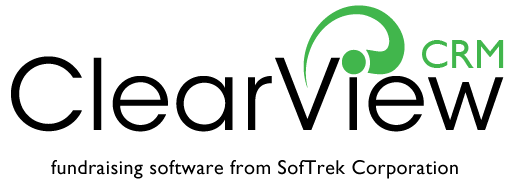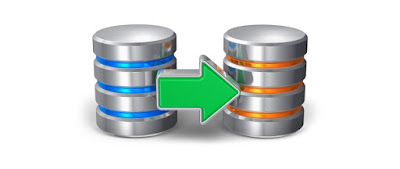Tips
for Smooth Data Migration
Data is the lifeblood of any nonprofit organization. Although
most organization would love to “set it and forget it,” sometimes data has to move.
If you’re facing a data migration project—perhaps you’re changing systems and
need to move the data from one to another—some key techniques can ease the
process. Following best practices when performing data migration tasks can help
you ensure that after the data finds its new home, it’s accurate, complete,
and easy to access.
Assess Current and
Future Needs
Data migration to a new platform is akin to moving house.
Before migrating data over, objectively assess the fields and objects you’re using
to ensure that they are appropriate to the current and future needs of your
nonprofit's operations, processes, and reporting functions. If they are
outdated and no longer useful, scuttle them, or adapt them to meet your
organization's current needs.
Purge Irrelevant
and Unnecessary Data
Regulations and compliance requirements can change often
in the nonprofit sector. Attempting to migrate huge chunks of data that is no
longer necessary or relevant to your organization and integrating it into a new
system could require countless additional staff hours and inflate your budget.
Thoroughly assess aged data to determine if it must be ported over to the new
system. Chances are that once the legal limitations for keeping such data have
passed, your organization won't need it.
Clean Up Data
Before Migration
Before the migration of your organization's data, devote
a substantial amount of time to cleaning it up. Delegate individuals with the
task of doing so. There are a few key areas that you should pay particular
attention to during this cleaning phase:
·
Duplication: Remove duplicate data to streamline
functions and reduce confusion.
·
Set Data Policies: It's not unusual to find
incomplete data for contacts, donors and opportunities within a database.
Establishing policies that data must meet in order to be included makes
business processes easier in the long term. For example, make it a requirement
that certain fields, such as a Contact Role, must be filled in for each entry.
·
Remove Incomplete Entries: Based on the data policies enacted above, remove
data that doesn't meet those parameters so that it isn't migrated to the new
platform.
Establish a Long-term
Strategy to Manage Data
Many of the best practices for data integration and
migration hinge on using this event as an opportunity to streamline your
nonprofit's information to make it easier to use. This isn't designed to be a
quick fix though. Instead, establish a long-term strategy that can be used to maintain
data on a regular basis with the goal of having clean data in the future.

